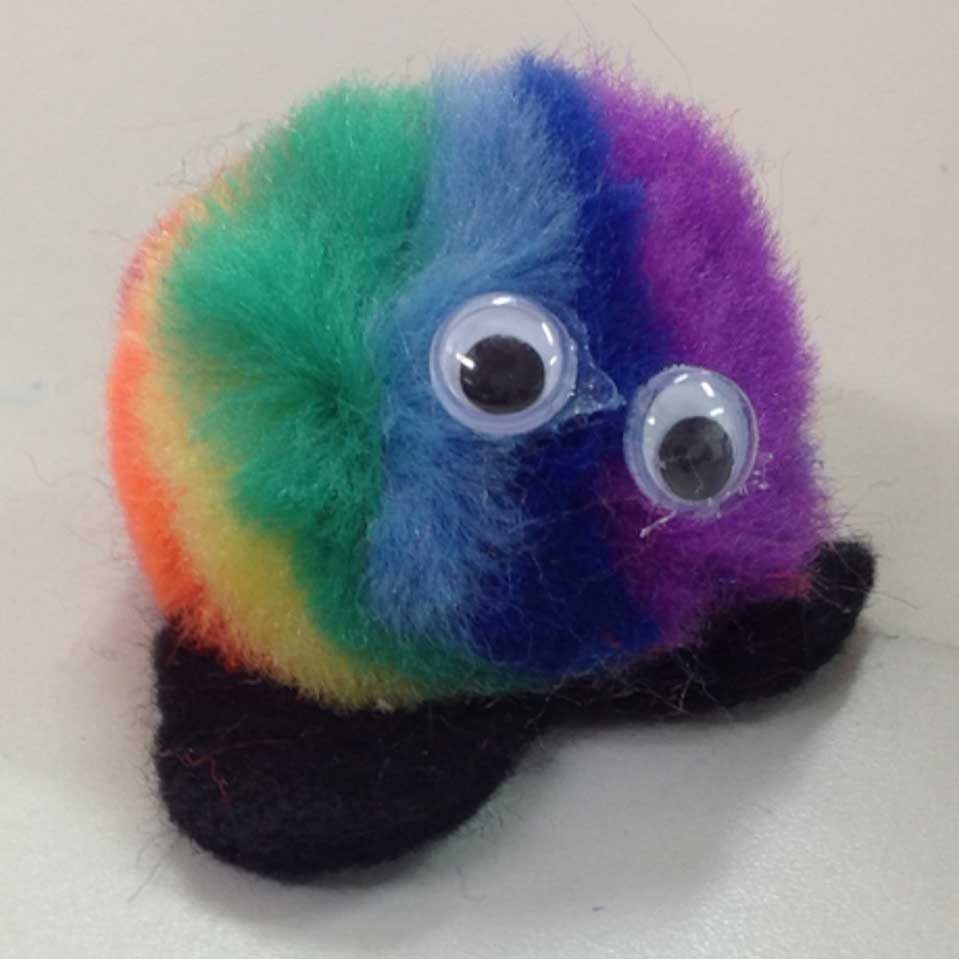Working Quietly

It’s very easy for the noise level in classrooms to escalate quickly. It’s also true that some classes are just chattier than others and therefore it’s harder to manage the noise level.
Personally, I’m a little more permissive with noise levels than other teachers I know, however it’s still important for me to have access to tools and tricks to reduce the volume on occasion.
During whole class instruction
Zero tolerance for chatting here! Children talking while you are explicitly teaching them shows they aren’t listening.
Tips to manage this:
- Never change your expectations, i.e., if you choose not to have chatter while you are teaching, then employ a consistent approach to the way you handle this
- Explicitly teach why children need to be quiet while you are teaching
- Put the onus back on them – ask them to be responsible for choosing sensibly who they sit next to
- Before you start teaching each session ask if anyone needs to move position
- Give children a chance to prove themselves before moving them if necessary
- Allow one verbal warning to stop talking
- Move children’s seated position if they continue to talk
During independent working time
It’s a little harder to maintain a quiet noise level whilst children are working independently. Some tasks, such as reading, lend themselves more easily to quiet time.
Tips to manage this:
- Make your expectations clear on acceptable noise levels for particular lessons. For example, you may expect total silence when reading or writing, but tolerate some quiet chatter during mathematics. Your choice!
- Reward children for working to your expectations. Use your classroom reward program for this. Never underestimate the value of rewards such as stickers, free choice time minutes, Class Dojo points etc.
- Introduce a fun item or program to help monitor quiet, on task behaviour. I have used Quiet Critters very successfully this year (thanks to a generous poster on a Facebook teacher page).
Here is one of mine! They work splendidly with Junior and Middle children. The premise is they sit on their desk watching them work. If they are too noisy the Quiet Critter gets scared and needs to hide back in its box. I link house points to Quiet Critters that remain on desks at the end of a session. They are very tempting to touch and pull eyes off, so I have a hands off rule. Touching also means back in the box. The critters are hugely motivating, however all ‘novelties’ such as these wear off eventually. Use them sparingly during lessons where you think noise levels may be a bit higher than usual.
Moving around the school
Let’s be honest here – the only reason I want my class to be quiet as we walk around the school is so I don’t get into trouble (and so I don’t disturb other classes, maybe a teensy bit!) Many teachers genuinely want their class to walk quietly though, so here are some ways to manage it:
- Children really need to walk in some sort of line formation if you have any hope of quiet walking. Choose the formation you want them to walk in at the start of the year and stick to it (unless it isn’t working, of course)
- Once children are in formation, face them and wait for quiet or use a signal (again, use a consistent signal)
- When you begin walking, stop the class each time there is talking or silliness. Wait for it to cease or intervene, using a consistent approach
- The class will soon get sick of stopping all the time and learn you are serious about quiet movement
- For junior classes, introduce a fun aspect, such as creeping or tiptoeing. Children love when they are in on a joke or trick.
Good luck!

